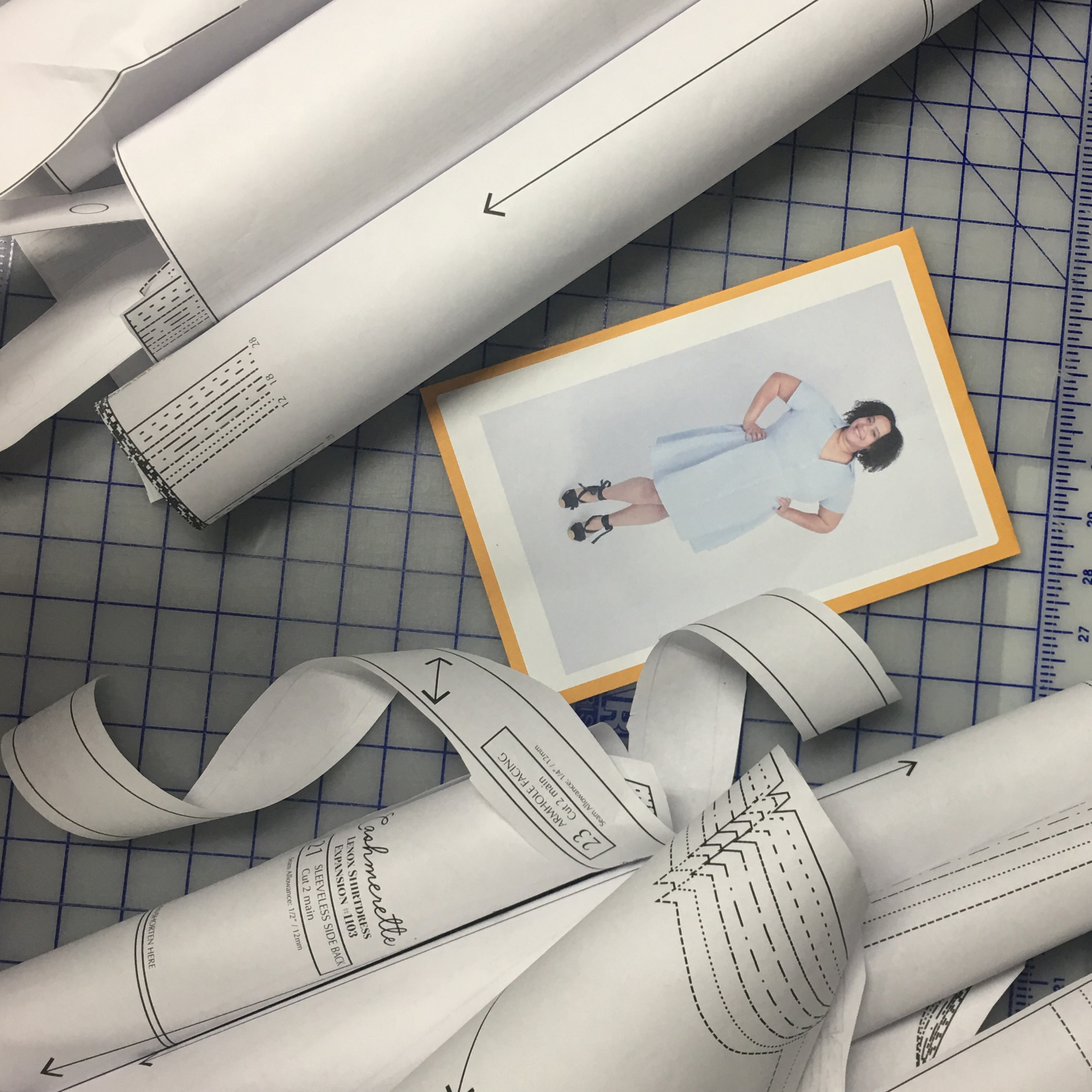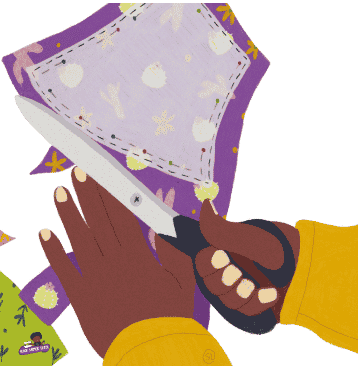Sign up for the Black Women Stitch quarterly newsletter!
Check out our merch here
Leave a BACKSTITCH message and tell us about your favorite episode.
Join the Black Women Stitch Patreon
Dubsado helps me organize the podcast. Try it for 20% off.
Nikki Brooks
Beaute’ J’adore is the love child of Nikki Brooks-Revis: who is a wife, a mom to an awesome toddler, proud pet parent to Callie, Nelson, and Curious, sunglass lover, fashion admirer, foodie, DIY fanatic, closet Martha Stewart skincare enthusiast who also happens to be the style blogger for Mood Fabrics and a licensed pattern designer for McCall’s Patterns.
Lisa Woolfork
Lisa Woolfork is an associate professor of English specializing in African American literature and culture. Her teaching and research explore Black women writers, Black identity, trauma theory, and American slavery. She is the founder of Black Women Stitch, the sewing group where Black lives matter. She is also the host/producer of Stitch Please, a weekly audio podcast that centers on Black women, girls, and femmes in sewing. In the summer of 2017, she actively resisted the white supremacist marches in her community, Charlottesville, Virginia. The city became a symbol of lethal resurging white supremacist violence. She remains active in a variety of university and community initiatives, including the Community Engaged Scholars program. She believes in the power of creative liberation.
Insights from this episode:
- Nikki’s sewing story
- Her transition from the corporate world to sewing
- The beauty of trusting in yourself
- Her journey of altering patterns and pieces
- How she can turn complex ideas into simple tasks
- Insights into summer sewing
- Creating for all body types
Quotes from the show:
- On her sewing journey: “I was like I wanna make some clothes, and I ended up getting some more fabric, and I just started sewing, and I was like I’m kinda good at it and started making patterns” —Nikki Brooks in “Stitch Please”
- “This is such a beautiful testimony to what it means to take a step of faith, to step and just see and trust yourself and the vision that you have to see yourself and your life differently” —Lisa Woolfork in “Stitch Please”
- “It’s not about the time it takes, it’s about the time you give” —Lisa Woolfork in “Stitch Please”
- “The reason we are sewing is because we wanna create something that will be unique to us” —Lisa Woolfork in “Stitch Please”
- “When I think what I can make, I think about not just myself, because you do have to be true to yourself with these patterns, but I also think about how will other bodies look and feel in these patterns” —Nikki Brooks in “Stitch Please”
- “Take a chance, make the risk and go out there and actually do it. People plan so much that they plan themselves out of actually going in and jumping in and doing it. Stop all the planning and do it!” —Nikki Brooks in “Stitch Please”
Stay Connected:
Lisa Woolfork
Instagram: Lisa Woolfork
Twitter: Lisa Woolfork
Nikki Brooks
Website: Beaute' J'adore - The Art Of DIY
LinkedIn: Nikki Brooks
Instagram: Nikki Brooks
Facebook: Nikki Brooks
This episode was produced and managed by Podcast Laundry.
Sign up for the Black Women Stitch quarterly newsletter
Check out our merch here
Leave a BACKSTITCH message and tell us about your favorite episode.
Join the Black Women Stitch Patreon
Check out our Amazon Store
Stay Connected:
YouTube: Black Women Stitch
Instagram: Black Women Stitch
Facebook: Stitch Please Podcast



